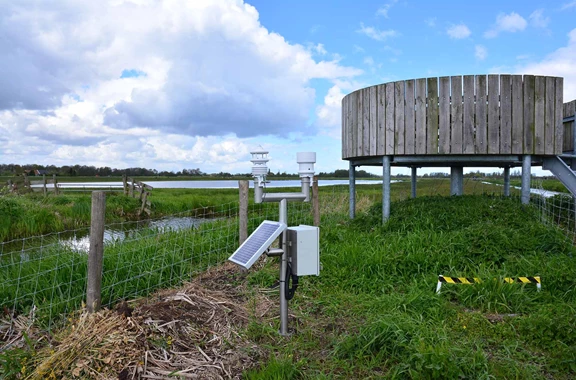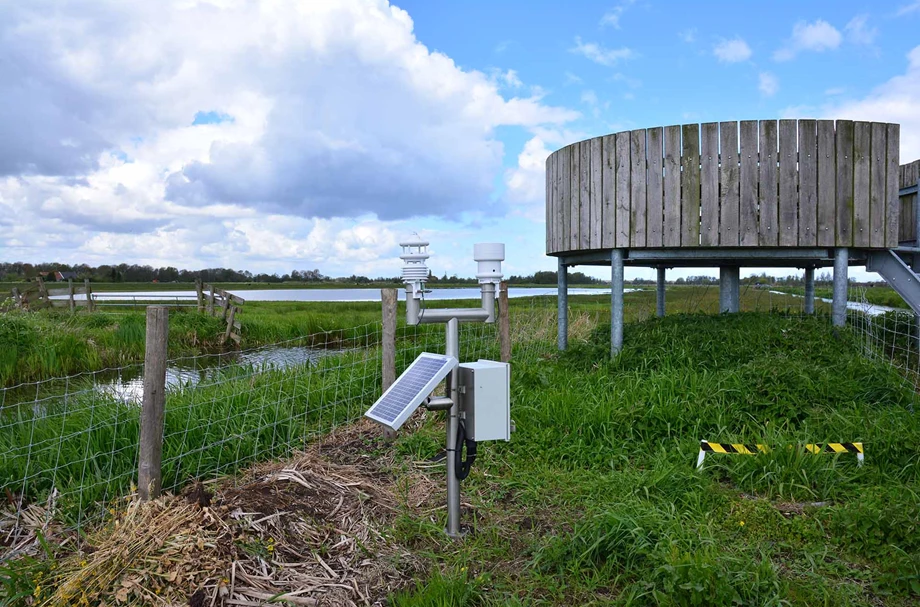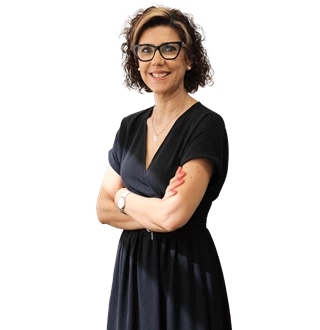


The Water Board of Rijnland, the Netherlands, has been providing safe dikes, clean and healthy water in ponds and ditches and a balanced water level since 1255. They also purify the wastewater of all households and companies in the working area. Their water level management is under pressure due to climate change. However, climate change is very high on the agenda of the Water Board. Jan Willem van Kempen, Water Level Manager, and René van der Zwan, Policy and Research Adviser at Water Board Rijnland, explain why they approached Royal Eijkelkamp.
'We use an automated decision support system for our water level management. This system is fed with all kinds of measurement information, including water levels and precipitation. We just don't have a good picture of another very important item: water evaporation. This is actually a big question mark for us, especially after dry and wet periods. Until now, we approached it model-wise, but the question is how good this model is. Moreover, we have to deal with a certain adjustment time. Enough reasons to say to each other: how can we complete the water balance?'
With this measurement setup, we as a Water Board are at the forefront of waterworks in the Netherlands.

'We contacted Royal Eijkelkamp, because we wanted a Smart Lysimeter measurement set-up. We wanted a portable system, so no large concrete box measuring 20 by 5 meters. These are difficult to get in place and to maintain. Royal Eijkelkamp had already installed a surface water monitoring network for us. We now also use the web portal for this for the evaporation data.'
'Together with Royal Eijkelkamp, we eventually installed a lysimeter measurement set-up at three locations: in Noordwijkerhout on a sandy soil, in Woubrugge on a clay soil and in Reeuwijk on a peat soil. With these locations, we cover our main soil types. Together with a meteorological station, soil moisture and groundwater measurements, we are dealing with a unique combination of measurement setups. As the Rijnland Water Board, we are leading the way in water-working in the Netherlands.'
'We have noticed that there is an enormous unfamiliarity among residents about what evaporation does to the water level in the soil. We have already carried out a measurement project together with the residents to measure the surface water level and groundwater level. In this way, we could provide insight into where differences come from. The surface water level went back and forth within a range of 5 to 10 centimeter. At a few meters distance, on the other hand, the groundwater went back and forth as much as 50 to 60 centimeter. That is completely incomprehensible to a resident. Until we use an evaporation meter and a precipitation meter to show how many millimeters of rain have fallen and how many millimeters have evaporated from the ground. This ultimately gives us a better picture of the water demand in our system in a dry situation.'
'It is interesting to see that our initiative is now being looked at from all kinds of angles within the BV Netherlands. We also get a lot of questions about whether people can watch along. In the context of big data, we certainly want to share our water levels and evaporation data.'
'For example, a farmer in Woubrugge, where we have a lysimeter set-up, is preparing a business plan to purchase more measuring equipment. When he starts harvesting his potatoes in the fall, he first measures the soil moisture to see if the soil is not too dry. If the soil is too dry, it must be irrigated first, so that it does not take too much clay with it when harvesting. However, the farmer also has to deal with climate change: if a heavy rain shower is just about to start, he should not irrigate. Evaporation information can help him well with this challenge. We are happy to share our data with him. We can also learn from that ourselves.'

Need advice choosing the right product for your application? Our specialist Sandra is happy to help.